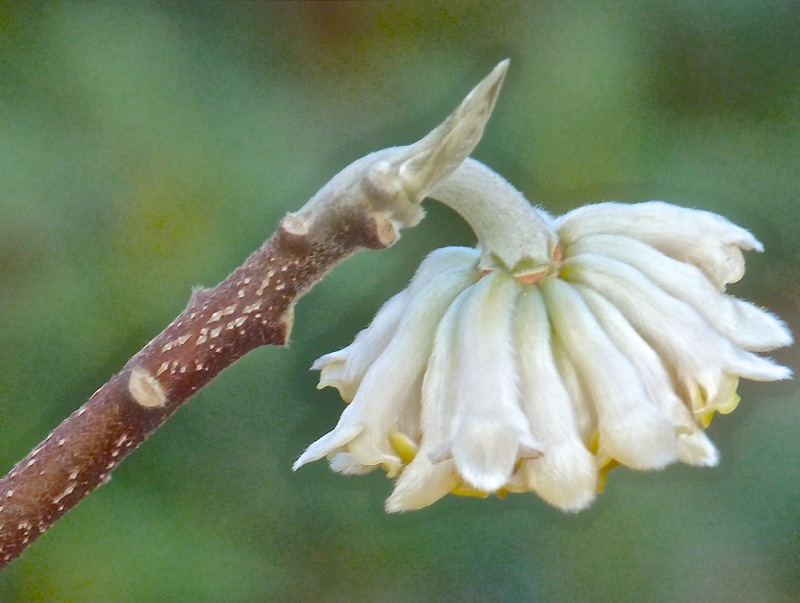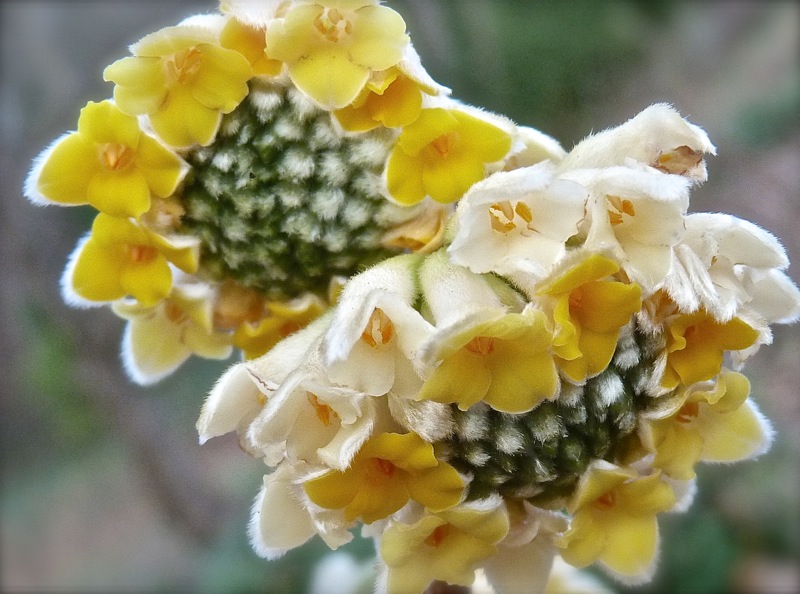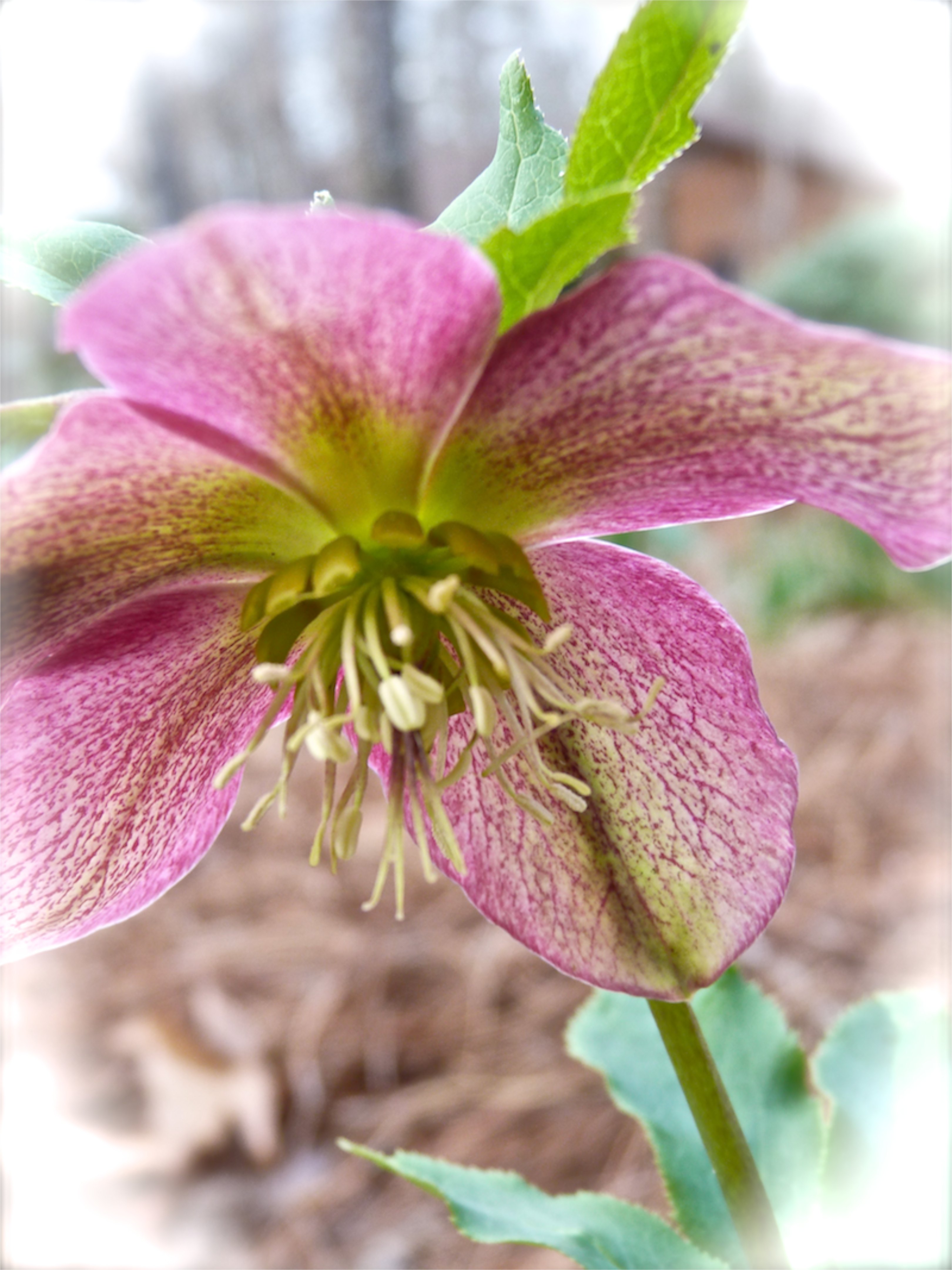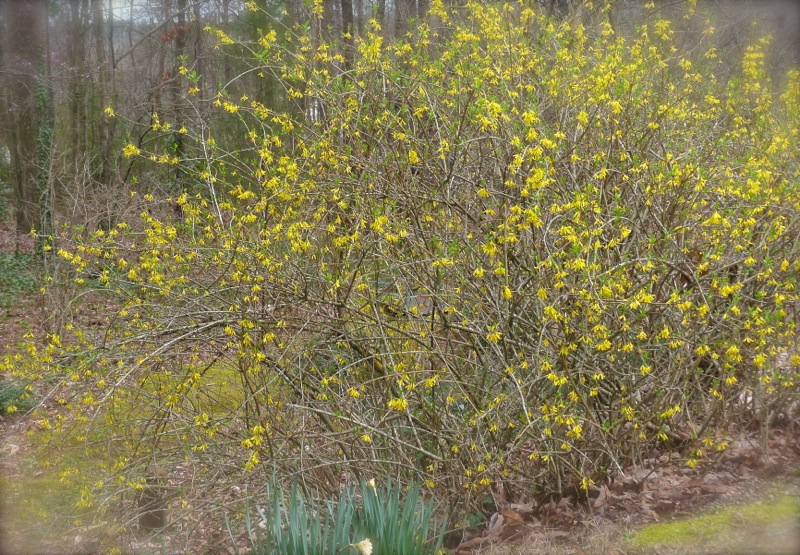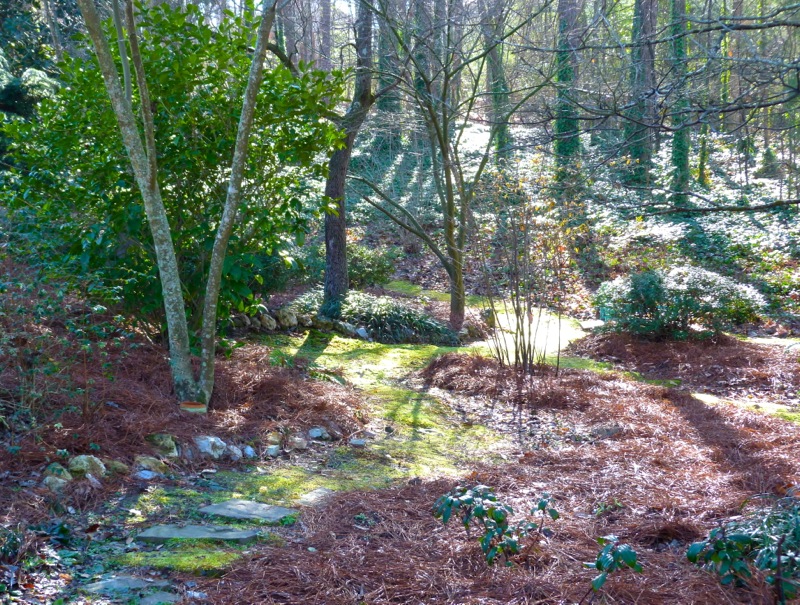Columbine: My Favorite Flower
 Monday, March 11, 2013 at 3:35PM
Monday, March 11, 2013 at 3:35PM In all the world of flowers, Aquilegia blooms, also known as Columbine and Granny's Bonnet, are my favorite. That is saying a lot!
Why do I love them so? I don't know; it's an emotional response. The first time I found one blooming in my garden, I was enchanted. This was soon after we moved to our current home, and I was yet a baby gardener. The charming pink flower with its frilly white petticoat reminded me of a little fairy girl, dressed for a party. I also love the clump forming, fern-like foliage with deeply lobed leaves. Bees, butterflies, and hummingbirds all love these flowers, too, and I love that they love them.
I soon found several more columbines scattered about the property. I suspect these were planted long ago by the original owner of my home, Mrs Dearing, and I think of them as a surprise gift from her. I transplanted my finds to a location in the front garden, and they have flourished in the rich organic mulch that covers the paths in that area. These perennials live only a few years but reseed readily, and every spring I search the paths for new seedlings, which I move to better locations as needed.These photos, taken last year, show columbine blooming beside a path in the front garden along with other spring flowers. My columbine haven't begun blooming yet this year, but they should be flowering by the end of this month.
The many varieties of columbine will cross pollinate, producing offspring with different characteristics. Because I love what I have, which I think is Aquilegia vulgaris, I have hesitated introducing other species. But this past weekend I relented when confronted with the multiple hued blooms with widely space, long spurs that characterize the McKanna hybrids. I bought several and then planted them in the woodland garden away from the others in the front. It will be interesting to see what sort of offspring they produce and if they do as well as my originals.Just planted McKanna hybrids, shown here in the woodland garden in front of spreading yews, have only a few blooms now, but new buds should open as spring unfolds.
Columbine isn't perfect. The foliage is subject to leaf miners, which leave unsightly trails in the leaves. While this doesn't seem to harm the plant, it spoils the beauty. The flowers bloom in spring, then the leaf miners arrive by summer. I usually cut the affected plants back to the ground, and then fresh perfect foliage will sprout back. In my mild climate, the foliage will often persist through the winter.
Aquilegia varieties will grow in hardiness zones 3-8. They do best in well drained, moist soil high in organic matter, and they prefer light to moderate shade. With their naturalizing but never weedy habit, they are most at home in a cottage or woodland type garden.
 Permalink
Permalink 